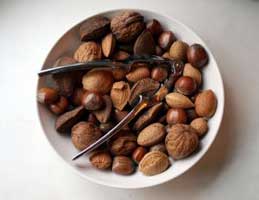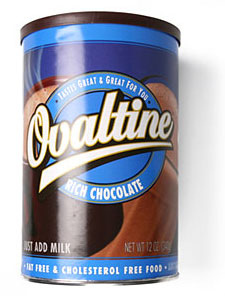
Millions of well-intentioned American parents, unbeknownst to them, are over-fortifying their kids with too many nutrients. That’s according to a report published earlier this year by the Environmental Working Group (EWG).
EWG, an American-based health and research organization, analyzed the nutrition facts labels for 1,550 breakfast cereals and found that 114 cereals were fortified by the manufacturer with 30 percent or more of the adult Daily Value of vitamin A, zinc, and/or niacin. They also looked at 1,000 snack bars and found that 27 common brands were fortified with 50 percent or more of the Daily Value of at least one of those nutrients.
Among the most fortified cereals were:
- General Mills’ Total line
- Wheaties Fuel
- Kellogg’s Product 19
- Smart Start
- All-Bran Complete
- Cocoa Krispies
- Krave
The most fortified snack bars included
Food Awards: Best & Worst Breakfast Cereals
When foods are fortified, vitamins and minerals that aren’t originally in a food are added by the manufacturer. Classic examples include adding vitamin D to milk, iron to flour, fiber to cereal, and iodine to salt. Since 1998, folic acid has been added to breads, cereals, and other products that use enriched flour in an effort to reduce Spina Bifida and other serious birth defects. The idea of fortification was developed almost 100 years ago to treat common nutrition-deficiency diseases.
But it is possible to consume too many fortified foods, especially by children, because the Daily Values are set for the needs of adults not kids. Furthermore, the Daily Value standards were set in 1968 and so some are higher than levels currently deemed to be safe. (more…)











